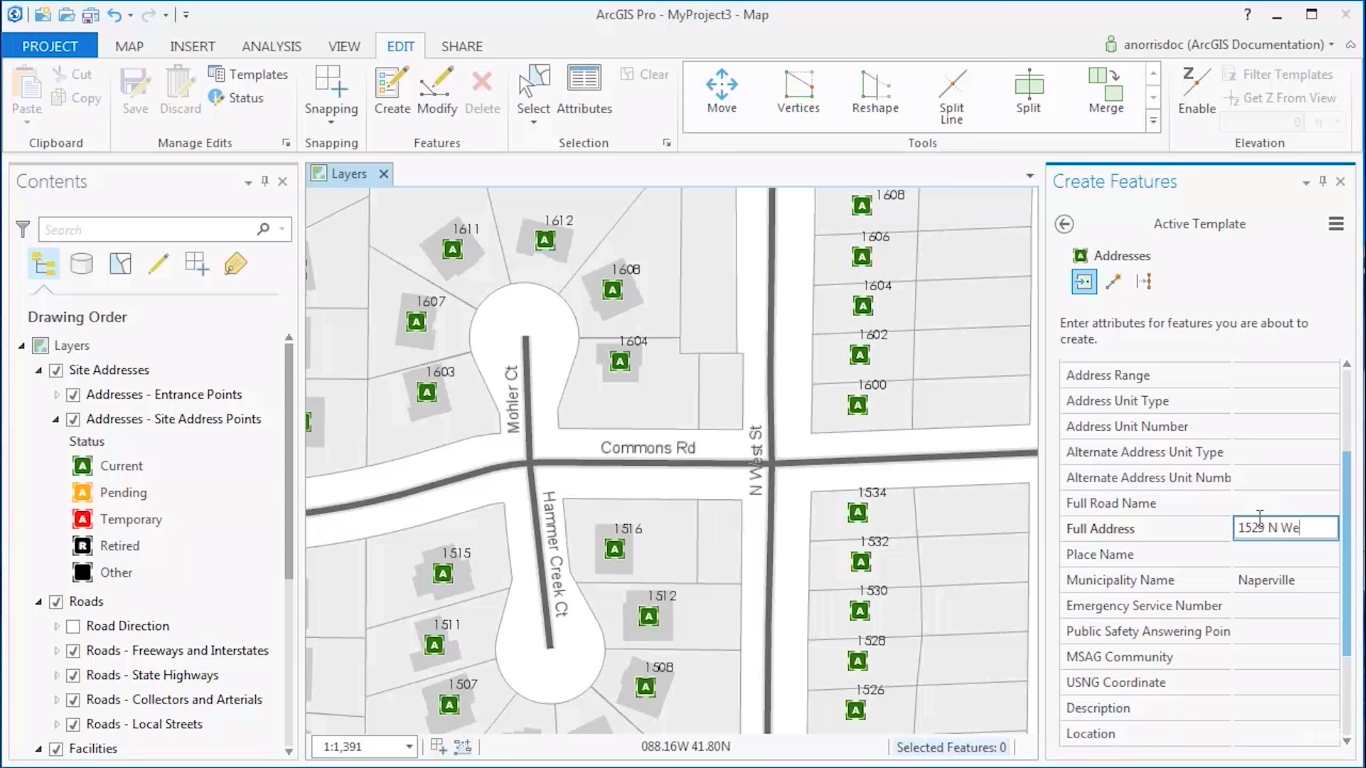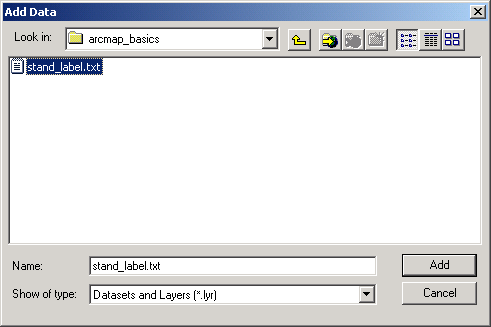
To minimize errors, you should georeference to data that is at the highest resolution and largest scale for your needs. Keep in mind that your georeferenced data is only as accurate as the data to which it is aligned.

Thus, the areas outside the overlap area are not likely to be properly aligned. For example, if your target data only occupies one-quarter of the area of your raster dataset, the points you could use to align the raster dataset would be confined to that area of overlap. Generally, the greater the overlap between the raster dataset and target data, the better the alignment results, because you'll have more widely spaced points with which to georeference the raster dataset. Typically, having at least one link near each corner of the raster dataset and a few throughout the interior produces the best results. If possible, you should spread the links over the entire raster dataset rather than concentrating them in one area. However, adding more links will not necessarily yield a better registration. The number of links you need to create depends on the complexity of the transformation you plan to use to transform the raster dataset to map coordinates. The associated link is represented by the blue line joining the control points. The example below shows a from control point (yellow cross) placed on the vector target data at a street crossing and the associated control point (green cross) placed on the raster dataset. The connection between one control point on the raster dataset (the from point) and the corresponding control point on the aligned target data (the to point) is a link. The control points are used to build a polynomial transformation that will shift the raster dataset from its existing location to the spatially correct location. Many different types of features can be used as identifiable locations, such as road or stream intersections, the mouth of a stream, rock outcrops, the end of a jetty of land, the corner of an established field, street corners, or the intersection of two hedgerows. Control points are locations that can be accurately identified on the raster dataset and in real-world coordinates.
#Arcgis file type basics series
The process involves identifying a series of ground control points-known x,y coordinates-that link locations on the raster dataset with locations in the spatially referenced data (target data). Generally, you will georeference your raster data using existing spatial data (target data)-such as georeferenced rasters or a vector feature class-that resides in the desired map coordinate system. Georeferencing a raster dataset, see the Georeferencing video.

#Arcgis file type basics registration
The Auto Registration tool can help you automatically create links.

Georeferencing raster data allows it to be viewed, queried, and analyzed with other geographic data. When you georeference your raster data, you define its location using map coordinates and assign the coordinate system of the data frame. A map coordinate system is defined using a map projection (a method by which the curved surface of the earth is portrayed on a flat surface). Thus, to use some raster datasets in conjunction with your other spatial data, you may need to align or georeference them to a map coordinate system. With aerial photography and satellite imagery, sometimes the location information delivered with them is inadequate, and the data does not align properly with other data you have. Scanned map datasets don't normally contain spatial reference information (either embedded in the file or as a separate file). Raster data is commonly obtained by scanning maps or collecting aerial photographs and satellite images. Interpreting the root mean square error.



 0 kommentar(er)
0 kommentar(er)
